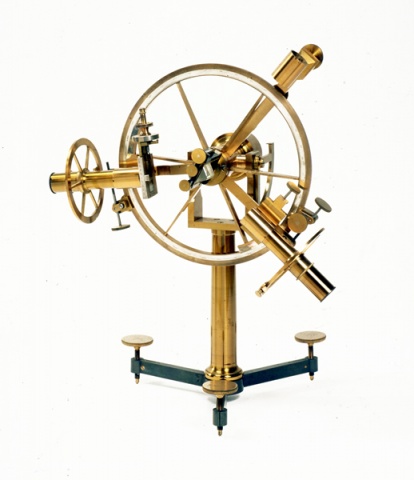The purpose of this post is to provide some interesting documents related to the history of ellipsometry. It is sometimes considered that Paul Drude was the “inventor” of ellipsometry. Despite the many contributions of P. Drude, in my opinion this statement is not true and, as almost all aspects and techniques related with the polarization of light, ellipsometry was invented in France, as early as mid XIXth century. It is however true, that at that time the influence of thin films on ellipsometry measurements was still not discovered or understood (althought the associated ellipticity was already measured), so the technique was mostly regarded as a method to determine optical constants of bulk materials. The relation between ellipsometry and thin films came later, with the works of P. Drude and Lord Rayleight.
Jules Jamin
Jules Célestin Jamin (1818-1886). If ellipsometry needs an inventor, it is him. He did many ellipsometry measurements and described the first ellipsometer, which was later made commercial by French optic intrument makers Soleil/Duboscq.
Here I share two of his publications from 1847 and 1850, which clearly describe how the polarization ellipse is measured upon light reflection on different materials.
Samuel Haughton
Samuel Haughton (1821-1897) made a great English summary of Jamin’s Publications and he himself made many more measurements using an ellipsometer that replicated Jamin’s description.
The first ellipsometer?
Jamin’s 1850 publication gives a detailed description of the instrument he was using. This instrument was made commercial by the French Scientific Instrument Makers Soleil, Duboscq, and their successors. The instrument was sold under the name of “Grand cercle de Jamin et Sernármont” and comprised one rotatable polarizer, one rotatable analyzer and an ajustable compensator. The “grand cercle” was used to adjust the angle of incidence. It seems it was possible to purchase this instrument during 1870s, possibly even earlier.

The image capture above comes from this catalog of instruments:
Interestingly, the instrument could be used both horizontally or vertically, allowing the sample to sit horizantally when needed (this was for example essential for the measurement of the refractive angle of liquids, which they did). I have found this photo of the grand “cercle” mounted vertically (samples horizontal then), although I am afraid that whoever took this photo did not arrange “ellipsometer arms” in a reasonable configuration.

